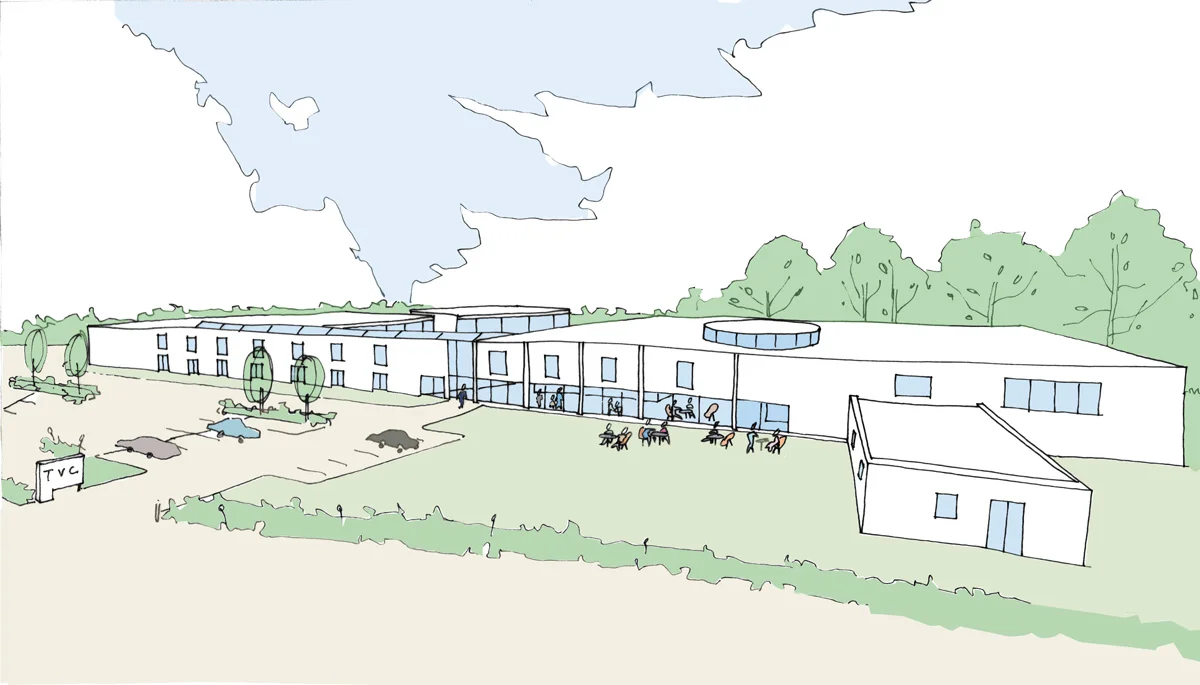When we give to charity we like to know that our donation is going to make an impact. Much of this is based on trust. We receive communication from the charity about the nature and extent of the work they're delivering and draw our conclusions from it. If we want to be particularly diligent, perhaps because we’re thinking about making a large donation, we might take a look at their last available annual report. Typically this will include a chart that seeks to offer a degree of transparency about how much it costs to run the charity (i.e. its administrative overheads) in relation to the amount spent on delivering its core mission, what we might call its interventions.
On this basis all charities tend to look very similar. Trustee boards and executive teams know that donors don't like to see too much money being spent on overheads, expecting as much of their giving as possible to be directed to the ‘front line’. This is where understanding Impact makes all the difference.
The Charity annual report, increasingly referred to as an ‘Impact report’, will describe the nature and variety of work being undertaken, along with statistics about how much of it is happening and who is benefitting from it i.e. elderly people, children, donkeys etc. For an Annual Report to truly become an Impact Report it needs to give a clear picture of what is changing for the better as a result of its interventions.
An awkward, but legitimate question that a donors might ask, is:
how often does the charity make an intervention without any change resulting?
We can explain this using the diagrams below.
Charity A and Charity B are involved in identical work, both with annual turnovers of £1 million. On the surface seem to be identically efficient – with 10% of their income going to overheads and the rest to interventions.
However, if we could see more deeply into the impact of the two charities we would see that Charity A has an 80% success rate and Charity B has a 50% success rate.
If a donor has £100 to give it would now be clear to which charity that donation would be most effectively directed.
Finally, if the donor really wants to be assured that their giving will make the maximum impact then it would also be good to know what the expected success rate is within that particular sector. For example, charities working to rehabilitate ex-prisoners may be delighted if half of those they work with to go straight. If the focus of the charity is helping unemployed school leavers to get jobs then the expected rate of impact might be more like 80%.
Goodlabs believes that if charities will be more transparent with their donors about these issues, then greater trust will result, which is essential to a long-term donor engagement strategy.
If you run a charity and would like help in demonstrating your Impact to potential donors then drop us a line at impact@goodlabs.uk











